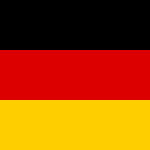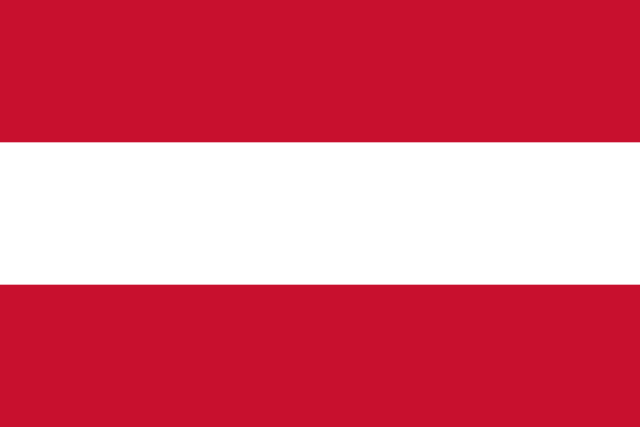Country Information
| Sovereign State | Yes |
| Country Codes | AT, AUT, 040 |
| Official Name | Republic of Austria |
| Continent | Europe |
| Capital | Vienna |
| Government Type | Federal parliamentary republic |
| Currency | Euro (EUR) |
| Calling Code | +43 |
| Member Of | United Nations, European Union, Council of Europe, OECD, OSCE |
| Population | Approx. 9 million (as of 2023) |
| Total Area | 83,879 square kilometers |
| Highest Point | Grossglockner (3,798 meters or 12,461 feet) |
| Lowest Point | Lake Neusiedl (115 meters or 377 feet) |
| GDP Per Capita | Approx. $50,000 (as of 2023) |
| Life Expectancy | Approx. 81 years (as of 2023) |
| Internet TLD | .at |
Austrian National Anthem
Land der Berge, Land am Strome
Land of mountains, land by the river
Land of fields, land of cathedrals
Land of hammers, with a promising future
Home to great daughters and sons
A nation blessed by its sense of beauty
Highly praised Austria
Strongly fought for, fiercely contested
You are in the center of the world
Forever pledged to the teachings of the ancestors
Your people cherish honesty
Live in accord with God’s ways
Walk in the love of the country
Flags of Neighboring Countries








History of the Austrian Flag
The flag of Austria, with its distinctive red and white stripes, is one of the oldest national flags in the world. The origins of the flag date back to the 12th century and it has a legendary history tied to the Austrian coat of arms.
According to legend, Duke Leopold V of Austria fought in the Siege of Acre during the Third Crusade. After the battle, his white surcoat was drenched in blood. When he removed his belt, the cloth underneath was still white, revealing the red-white-red combination. This striking image inspired the colors of the flag.
The flag was first officially adopted in 1230, making it one of the first national flags. Throughout Austria’s complex history, including periods of Habsburg rule, the flag underwent variations but always retained its basic red and white stripes. The current version, a horizontal triband of red, white, and red, was officially adopted after World War I, when Austria became a republic.
The simplicity and distinctiveness of the Austrian flag have made it an enduring symbol of the nation. It represents Austria’s rich history and national identity. The flag is a source of pride for Austrians and is prominently displayed across the country, particularly on national holidays and at official events. It symbolizes the unity and resilience of the Austrian people throughout their history.

